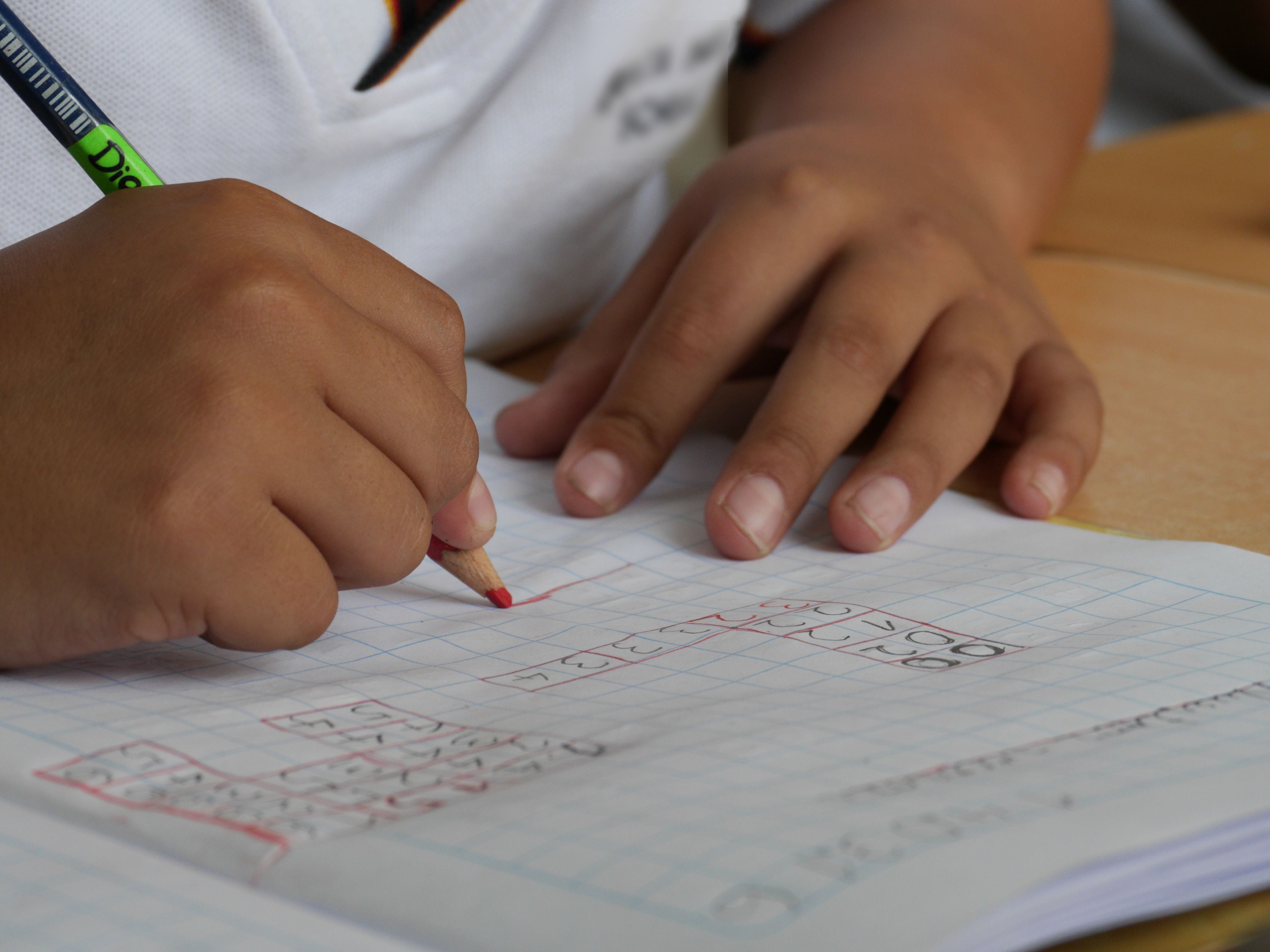
Unveiling the Wonders of Physics in the Real World
Hey there, physics enthusiasts and curious minds! Today, I present to you the second installment in our “In Real Life” series!! I want to take you on a journey through the fascinating world of physics and its undeniable presence in our everyday lives. As a physics tutor, I often get asked, “Why do I need to learn physics? How does it apply to the real world?” Well, dear readers, I’m here to show you just how relevant and exciting physics can be outside the classroom.
1. Motion is Everywhere
Let’s kick things off with the classic example of motion. Physics helps us understand how objects move, and this knowledge is incredibly useful in our daily lives. Whether you’re driving to work, riding a bike, or simply walking down the street, you’re experiencing the principles of physics in action.
Think about it: When you slam on the brakes to stop your car at a red light, you’re applying Newton’s laws of motion. When you balance on a skateboard, you’re demonstrating your understanding of equilibrium and center of mass. Physics helps us navigate our way through the world safely and efficiently.
2. Electricity Powers Our Lives
Now, let’s talk about electricity. It’s everywhere! From charging your phone to turning on the lights in your home, electricity plays a fundamental role in our daily routines. Understanding the principles of electrical circuits, voltage, and current flow can help you troubleshoot problems, save energy, and even create your own DIY projects.
Imagine being able to fix a blown fuse or wire your own entertainment system. Physics gives you the tools to do just that and more. Plus, the science behind electronics is constantly evolving, which means there are endless opportunities for innovation and discovery.
3. Physics in Medicine
Physics also has a profound impact on the field of medicine. Take, for example, medical imaging techniques like X-rays, MRI scans, and ultrasound. These technologies rely on the principles of wave propagation and electromagnetic radiation. Physicians and radiologists use physics to diagnose and treat patients accurately.
Even something as simple as taking your temperature with a thermometer involves physics. The expansion and contraction of a liquid within the thermometer are governed by the laws of thermodynamics. So, the next time you have a fever, thank physics for helping you monitor your health!
4. Renewable Energy Sources
In an era of environmental consciousness, the importance of physics in sustainable energy cannot be overstated. Solar panels, wind turbines, and hydroelectric generators all harness the power of physics to generate clean and renewable energy. Understanding the physics behind these technologies is not only intellectually stimulating but also crucial for addressing climate change.
By studying the behavior of photons, the properties of materials, and the principles of energy conversion, physicists are paving the way for a more sustainable future.
**5. The Internet and Communication**
Last but not least, let’s talk about the internet and communication. Ever wondered how data travels through fiber-optic cables at the speed of light? Physics, my friends! The principles of wave propagation, optics, and electromagnetism make it all possible.
From texting your friend across the globe to streaming your favorite shows, physics underpins the technology that keeps us connected in the digital age.
So, the next time you find yourself struggling through a physics class or wondering why you’re learning all these seemingly complex concepts, remember that physics is not just an academic subject. It’s the key to understanding the world around us and the foundation for countless real-world applications.
Whether you’re a budding physicist or simply someone curious about the universe, embracing the wonders of physics can enrich your life in ways you never imagined. So, keep asking questions, keep exploring, and keep uncovering the secrets of the universe—one physics lesson at a time.
Photo by Pixabay




